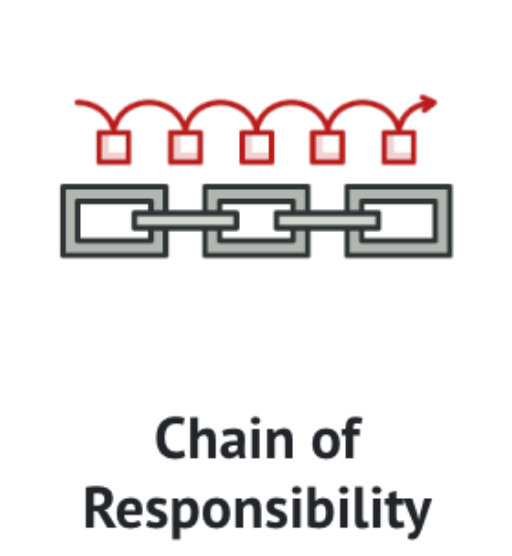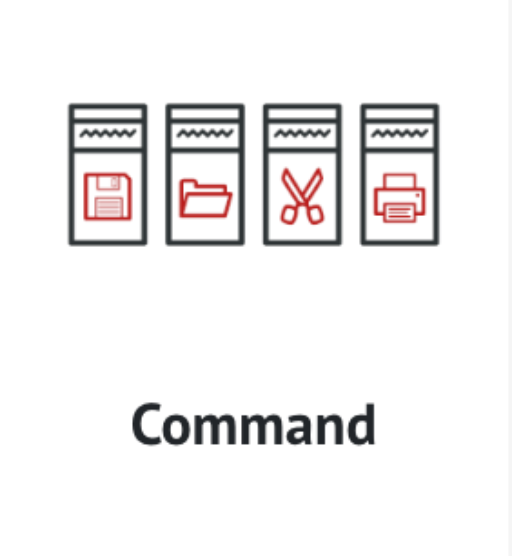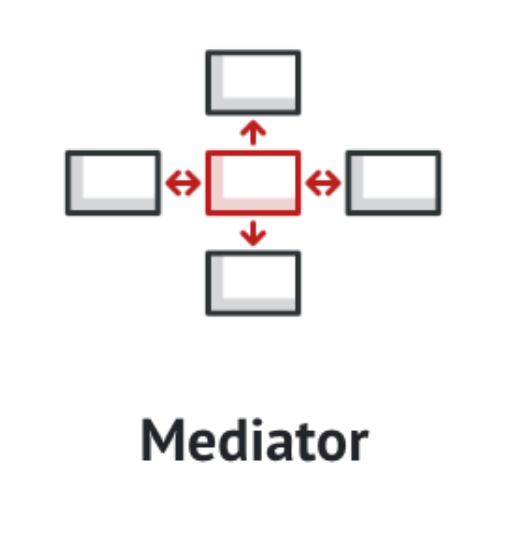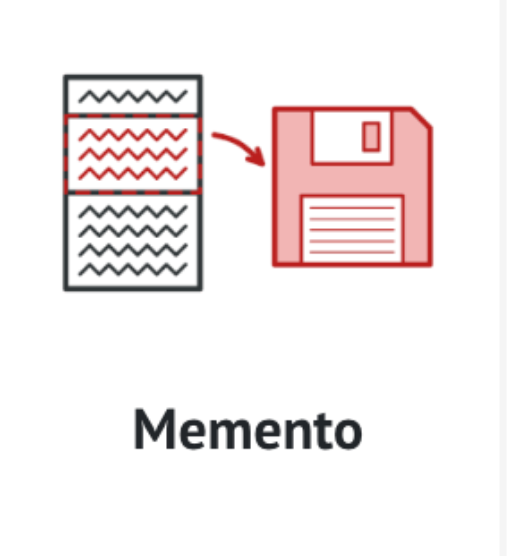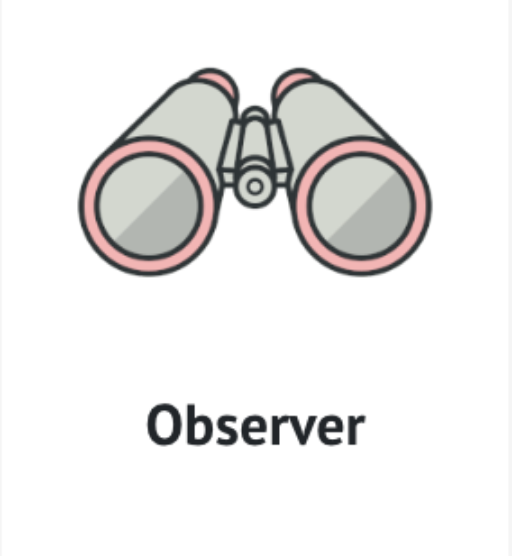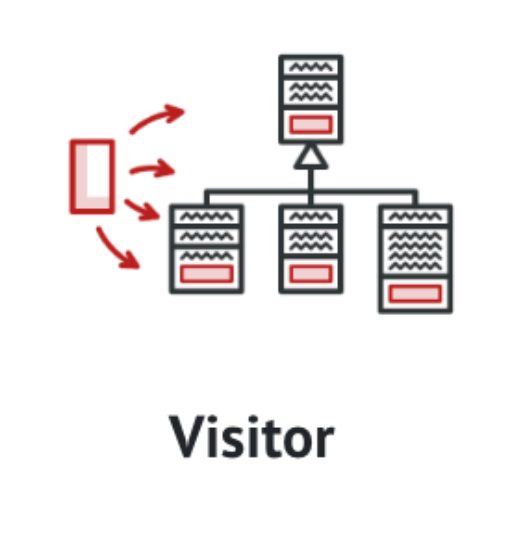Last Updated on September 24, 2023 by KnownSense
Behavioral design patterns are a subset of design patterns in software engineering that deal with how objects or classes interact and communicate with each other. They focus on defining the patterns of communication between objects to help manage complex workflows, responsibilities, and algorithms more effectively.
Benefits
Behavioral patterns are used to address various challenges in software development, such as:
- Managing Object Collaboration: They provide a structured way to organize the interactions between objects, making it easier to understand and modify complex systems.
- Promoting Reusability: Behavioral patterns promote reusability by encapsulating communication and interactions between objects, allowing you to reuse patterns in different parts of your application.
- Enhancing Maintainability: These patterns help make your code more maintainable by separating concerns and providing a clear structure for how objects work together.
- Improving Testability: With well-defined communication patterns, it becomes easier to write unit tests and ensure the correctness of your code.
Use Cases
Behavioral design patterns should be used when:
- You want to define how objects or classes collaborate in a flexible and efficient way.
- You need to separate the responsibilities and behaviors of objects to make your code more modular and maintainable.
- You want to promote code reusability by encapsulating common communication patterns.
- You are dealing with complex workflows or interactions between objects that can benefit from a standardized approach.
How to implement
Using behavioral patterns involves identifying the specific problem or scenario you want to address and then selecting the appropriate pattern that fits your needs. Here’s a general approach:
- Identify the Problem: Understand the specific issue or challenge in your software design related to object interactions.
- Select the Pattern: Choose the behavioral pattern that best matches your problem. There are several behavioral patterns, including Observer, Strategy, Command, State, and more.
- Implement the Pattern: Modify your code to implement the selected pattern. This typically involves creating new classes or interfaces and defining how objects will interact according to the pattern.
- Test and Refine: Ensure that your implementation works as expected by testing it thoroughly. Make adjustments as needed to fit the pattern correctly.
- Document: Document your design and the application of the behavioral pattern in your codebase to help future developers understand the intent and usage.
- Maintain and Evolve: As your application evolves, continue to evaluate whether the chosen behavioral pattern remains suitable. You may need to adapt or replace it if requirements change.
By following these steps, you can effectively apply behavioral design patterns to improve the organization, reusability, and maintainability of your software.
Types of Behavioral Patterns
Below are 10 Behavioral design Patterns. Click on the cards below and read about them in details.
